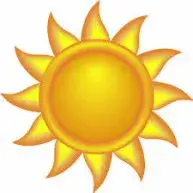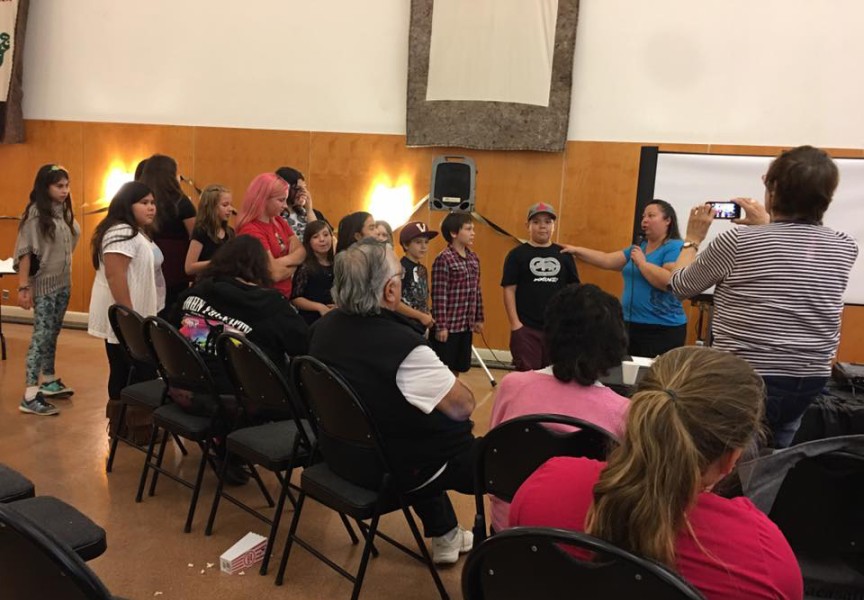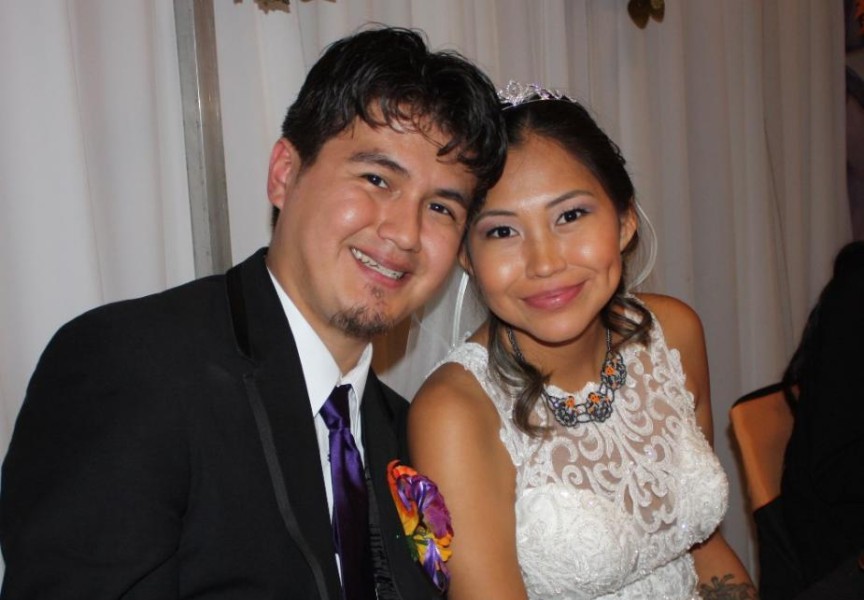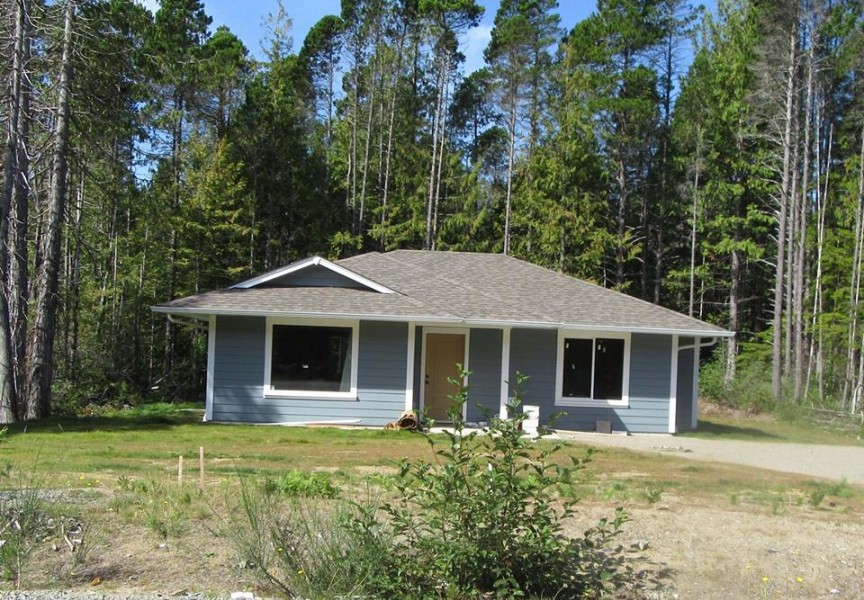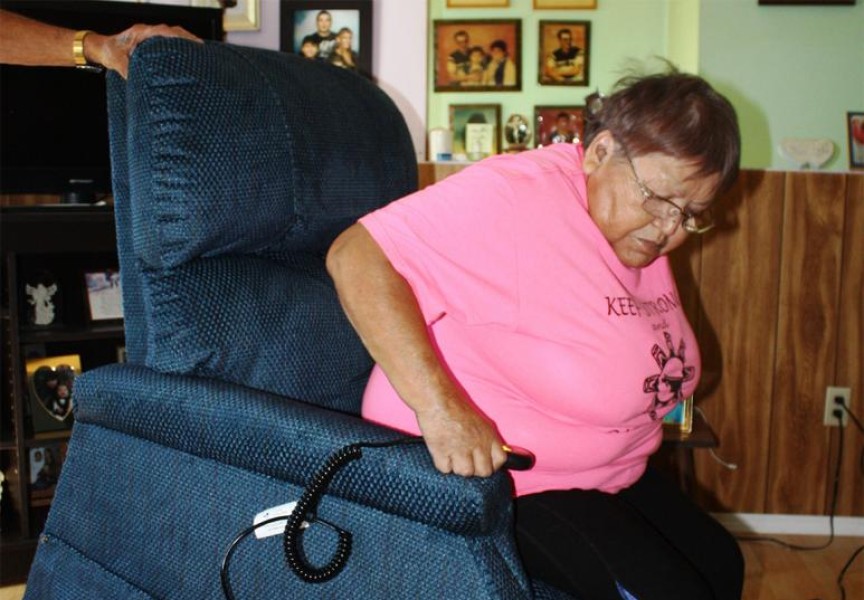Heat Wave coming! Make sure to care for yourself and family
Submitted by Matilda Atleo
Source: Government of Canada
Many places in Canada are experiencing extreme heat events, often called “heat waves.” Extreme heat can put your health at risk, causing illnesses like heat stroke and even death. It is important to take steps to protect yourself and your family.
What are extreme heat events?
Extreme heat events involve high temperatures and sometimes high humidity. Although the level of temperature extremes may vary between regions, unusually high heat can have negative impacts on your health.
Health risks
Your body produces heat, especially during physical activity. Hot air, sun rays, and hot surfaces also heat your body. This heat is lost by contact with cool air and by sweat production, which cools your body as it evaporates.
Weather conditions play a big role in how your body regulates its temperature. For example, if it's windy, sweat evaporates faster, which helps to cool you. But high humidity slows down this process, contributing to increased body temperature.
Heat illnesses can affect you quickly, and can lead to long-term health problems and even death. They are mainly caused by being over-exposed to extreme heat especially if you are doing too much for your age and physical condition. Heat illnesses include:
· heat edema (swelling of hands, feet, and ankles)
· heat rash
· heat cramps (muscle cramps)
· heat fainting
· heat exhaustion
· heat stroke
Did you know?
Over the next 30 years, the number of extremely hot days in a year is expected to more than double in some parts of Canada.
While extreme heat can put everyone at risk from heat illnesses, health risks are greatest for:
· older adults
· people with chronic illnesses (like breathing problems, mental illness, and heart problems)
· people who work in the heat
· people who exercise in the heat
· homeless people
· low-income earners
If you are taking medication or have a health condition, ask your doctor or pharmacist if it increases your health risk in the heat. Some medications can make your skin more sensitive to ultraviolet (UV) rays as well. Talk to your health care provider if you have any questions about your medication.
Safety tips
Heat illnesses are preventable. During extreme heat, the most important thing is to keep cool and hydrated.
Follow these five steps to protect yourself and your family in very hot weather:
2. Pay close attention to how you - and those around you - feel
4. Stay cool
5. Avoid exposure to extreme heat when outdoors
Step 1 - Prepare for the heat
· Tune in regularly to local weather forecasts and alerts so you know when to take extra care.
· Arrange for regular visits by family members, neighbours or friends during very hot days in case you need help. Visitors can help identify signs of heat illness that could be missed over the phone.
· Find ways to keep cool before the hot weather starts. If you have an air conditioner, make sure it works properly. If you have ceiling fans or other fans they can help as long as the humidity isn't high. Find an air-conditioned spot close by where you can cool off for a few hours on very hot days. This will help you cope with the heat.
· Have cool drinks in your vehicle and keep your gas tank topped up.
Step 2 - Pay close attention to how you - and those around you - feel
Heat stroke is a medical emergency!
Call 911 or your local emergency number immediately if you are caring for someone who has a high body temperature and is either unconscious, confused or has stopped sweating.
Watch for symptoms of heat illness, which include:
· dizziness or fainting
· nausea or vomiting
· headache
· rapid breathing and heartbeat
· extreme thirst (dry mouth or sticky saliva)
· decreased urination with unusually dark yellow urine
· changes of behaviour in children (like sleepiness or temper tantrums)
If you have any of these symptoms during extreme heat, move to a cool place and drink liquids right away. Water is best.
While waiting for help - cool the person right away by:
· moving them to a cool place, if you can
· applying cold water to large areas of their skin or clothing
· fanning the person as much as possible
Step 3 - Stay hydrated
Drink plenty of cool liquids (especially water) before you feel thirsty to decrease your risk of dehydration (not having enough fluids in your body). Thirst is not a good indicator of dehydration.
· Remind yourself to drink water by leaving a glass by the sink.
· Flavouring water with natural fruit juice may make it more appealing.
· Eat more fruits and vegetables as they have a high water content.
· If you eat less, you may need to drink more water.
· Drink water before, during and after physical activity.
Step 4 - Stay cool
Did you know?
Your body is not used to (not acclimatized to) extreme heat at the beginning of the summer. If you are physically active, you are also not acclimatized if you don't exercise regularly during hot weather.
Dress for the weather
· Wear loose-fitting, light-coloured clothing and a wide-brimmed hat made of breathable fabric.
· When you buy sunglasses, make sure they provide protection against both UVA and UVB rays.
Take a break from the heat
· If you must do physical activity in extreme heat, take extra breaks, remove gear to let your body cool off and drink lots of water. Don't expect your usual performance in hot weather. Give your body time to recover after being in the heat.
Keep your home cool
· Make meals that don't need to be cooked in an oven.
· Block the sun by closing awnings, curtains or blinds during the day.
· If safe, open your windows at night to let cooler air into your home.
· If you have an air conditioner with a thermostat, keep it set to the highest setting that is comfortable (somewhere between 22ºC/72ºF and 26ºC/79ºF). This will reduce your energy costs and provide you with needed relief. If you are using a window air conditioner, cool only one room where you can go for heat relief.
If your home is extremely hot
· Take cool showers or baths until you feel refreshed.
· Use a fan to help you stay cool and aim the air flow in your direction.
· Spend a few hours in a cool place. It could be a tree-shaded area, swimming facility or an air-conditioned spot like a shopping mall, grocery store, or public library.
Step 5 - Avoid exposure to extreme heat when outdoors
Did you know?
Sunburned skin loses its sweating efficiency. This makes it harder for your body to regulate its temperature.
Never leave people or pets inside a parked vehicle or in direct sunlight.
· When the outside air temperature is 23ºC/73ºF, the temperature inside a vehicle can be extremely dangerous - more than 50ºC/122ºF.
Reschedule or plan outdoor activities during cooler parts of the day.
· Before heading out, check the Air Quality Health Index in your area, if available. Air pollution tends to be at higher levels during very hot days.
· Plan strenuous outdoor activities for cooler days, or choose a cooler location like a place with air conditioning or with tree shade.
Avoid sun exposure. Find or bring shade when possible.
· Tree-shaded areas can be as much as 5ºC/9ºF cooler than the surrounding area.
· Shade yourself by wearing a wide-brimmed, breathable hat, or using an umbrella.
· Wear loose-fitting, light-coloured clothing made of breathable fabric.
· Wear sunglasses that have UVA and UVB protection.
· Use a sunscreen with sun protection factor (SPF) 15 or higher and follow the manufacturer's directions. Don't use sunscreen on a child less than 6 months old.
Remember!
Sunscreen will help protect against the sun's ultraviolet (UV) rays, but not from the heat.

